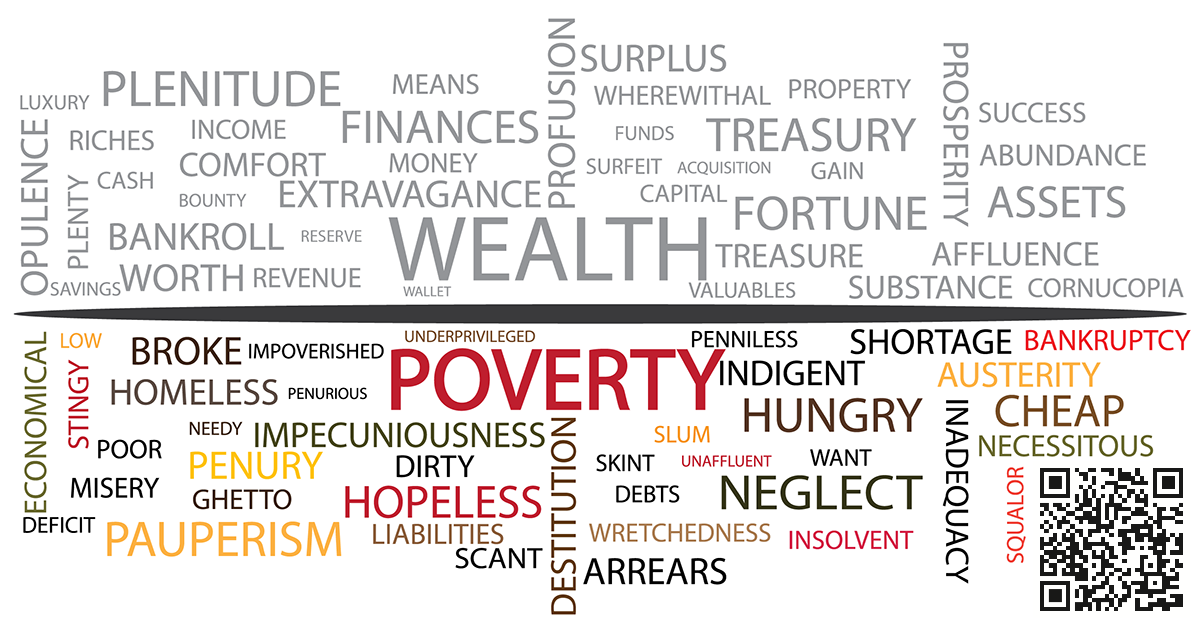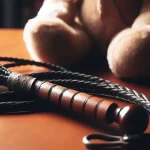‘Below the poverty line’ is an objective look at the meaning of poverty and the definition of ‘the poverty line’.
‘Poverty line’, also called ‘Poverty limit/threshold’ is the minimum level of income that should meet the basic needs of the average adult, such as food, shelter, health care, safe drinking water, education and information.
This article is in two parts; first the poem, then a discussion of ‘the poverty line’.
A recital of the poem is presented below:
Below the Poverty Line
There exists a line, albeit arbitrary,
above which defines normalcy or luxury
and below, a world of penury
Yes, poverty is unsavory
but can words describe the misery?
and then, is it all so dreary?
If one earns under two dollars a day,
that’s below the line, they say
but which words come to play,
when one’s bed is made of clay;
nothing for pillow or maybe hay
and for security, one must pray
No words could possibly explain
when nothing is too small to deign
when it’s normal to birth again and again
“if some die, some must remain”
One is strong that can embrace pain;
A child that asks for candy gets cane
Nothing can describe the state of lack,
where home is more or less a shack;
no computers, so nothing to hack
If growing, clothes should be a little slack
Every illness from rash to asthma attack,
it’s massage or off to the quack
What words could possibly suggest
a mindset that ‘used clothes are best’
One begs for help and is called a pest
No job cos no ‘connect’, unlike the rest
Gradually, one is open to any request;
coin now beats conscience, in contest
Well, in the trenches it’s not all glum;
without champagne, there’s cheap rum
and dance to the sound of drum
Sometimes, fresh fruit with the crumb
There are geniuses as well as scum
Presidents have come from the slum
'Below the Poverty Line', explained
The poem above tries to look at poverty from two perspectives; first is from the angle that a simple definition is not enough to explain poverty (stanzas 1-5), while the other (stanza 6) is from the angle of hope.
The Poverty line
Different countries have their ‘poverty lines’ that help to measure the effects of government policies and intervention.
The international poverty line (IPL) however, is set by the World Bank, calculated by estimating the total cost of one year’s worth of basic needs for the average adult.
This IPL varies according to country, with the developed countries having a higher threshold than the underdeveloped ones.
A global absolute minimum of $1.90 is however set; in other words, any income less than $1.90 per day is not enough to afford life’s most basic necessities, even in the poorest countries.
This figure used to be $1.00 a day.
A distinction is set between absolute and relative poverty; follow this link to learn more.
The effects of poverty
Poverty affects every aspect of life, from the social to economic; little wonder then why one-third of deaths around the world are due to poverty-related causes.
Sometimes, poverty is a direct result of corruption and greed, for example, political corruption (see “Focus on the Corrupt Politician“).
A prominent effect of Poverty, is high crime rate.
While the percentage of world population living in absolute poverty has dropped significantly over the last 200 years, over 500 million people are still affected.
One then begins to wonder if we will ever win the war against poverty.
Conclusion
‘Below the poverty line’ is an objective look at the meaning of poverty and the definition of ‘the poverty line’.
Poverty affects every aspect of life, and may lead to high crime rate.
The poem is self explanatory and is based on the world bank set ‘poverty line’.



